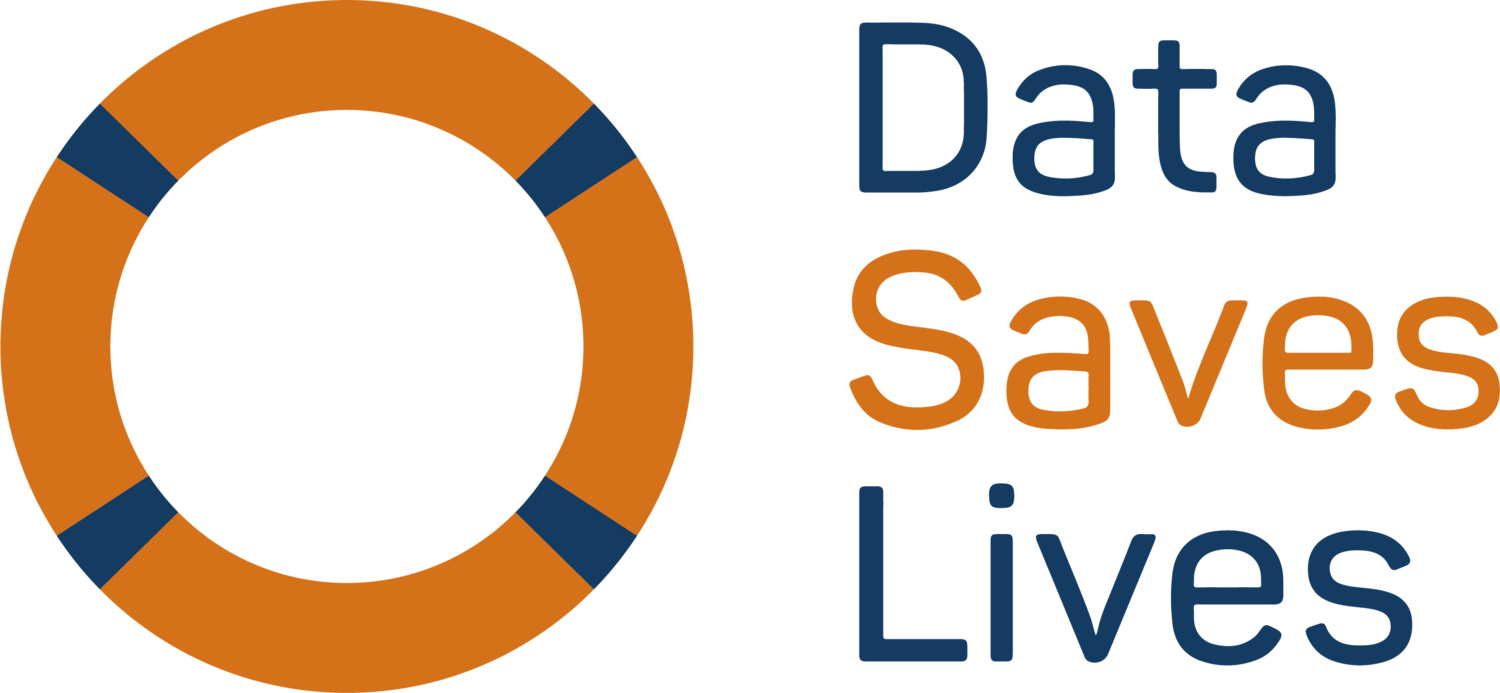In September 2022, Frontiers in Big Data published the paper “A concentric circles view of health data relations facilitates understanding of sociotechnical challenges for learning health systems and the role of federated data networks”.
While this title may sound daunting, the concept is designed to break down complex health data principles that are important for all healthcare stakeholders to understand. The team looked at the relationship between real-world health data and the researchers using it, focusing on how this connection impacts data protection and security. They then used these relationships to outline the concept of Concentric Circles View (CCV) and what these could mean for data privacy.
The study uses this understanding of human relationships to suggest how we can improve data protection and create systems that are able to meet the changing needs of health research, while keeping patients’ privacy as the leading priority.
Why do we need to think about data access?
Advances in healthcare treatments are often still limited by a lack of relevant health data.
While the digital revolution has made it easier for researchers to access data, they still face language, system and structural obstacles which can pose significant legal and technical problems, slowing down or limiting access to data.
One solution to this is the OMOP Common Data Model, which has created standardised vocabularies and reporting guidelines, which are significantly speeding up the time it takes to share and analyse real-world data.
However, this system is not without its own problems. Using the OMOP or similar models can mean researchers incorrectly use or fail to gain the proper consent for data use, subsequently falling foul of GDPR requirements, or endangering public trust.
This is where the work of the Frontiers in Big Data and CCVs could be vital.
What are Concentric Circles?
Like health data, the CCV approach is real-world based, and as outlined in the image below, these circles aim to place data within the contexts it has been managed in. This structure is then used to help classify the relationship between the patients and the data’s final usage, with each relationship defined by the unique social, ethical, legal, and technical aspects of its context.
Upon exploring their data sources, the Frontiers in Big Data team found that usage of data was consistent within each circle and rooted in the accessor’s relationship to the individual. Those with a close personal connection to the patient tend to prioritise data security and anonymity due to the increased sense of duty.
As the patient becomes less known to the researcher, the duty of responsibility is reduced, resulting in less emphasis on data security, also losing many qualitative benefits a personal relationship and understanding of the individual can provide.
This shows that application of data is influenced by the researcher’s relationship with the patient, and it is important we understand both the ethical and practical implications of these influences when using real-world patient data in the future.
How can we apply these lessons?
CCV models can help us better understand and highlight the potential of federated data networks (FDNs) to easily find and access data without encroaching on existing values, laws or bonds.
A FDN is a network model where various data sources are all held in a common central management system following a set pattern of rules. An FDN allows patient data to be close to its original context without risking its anonymity and allow one access point for differently located data sets.
This means FDNs are well placed to meet the desire for easily accessible data across a diverse range of sources, while continuing to meet data protection requirements.
Summary
How we find and retrieve data has changed considerably and with it the management of health data relationships. However, there are still many technical and social limiting factors encountered when attempting to use patient data.
The only way we can effectively change this is by raising awareness of the issues among patients, regulatory bodies, researchers and data controllers to ensure data-sharing is progressing. The CCV model combined with FDNs could allow us to ensure data is accessible, well protected, and used in the most efficient way.
If you would like to read the paper in full, click here. Alternatively, we have a range of videos that go into greater detail on What is Real World Health Data, there are also videos covering Federated Data Networks and the Responsible Use of Health Data.
You can also register at the EHDEN Academy for access to the above videos or a range of others that have been designed for anyone working in the domain of real-world data and real-world evidence.
With special thanks to EHDEN for developing a lay summary of this paper.


